$39.97 Original price was: $39.97.$27.98Current price is: $27.98.
SKU: D2LSC 3510089831 Categories: NATIVE PLANTS, PLANTS & TREES
- Safe Transactions, Always
- Effortless Shopping, Quality Products
- Safe Payments, the Smart Choice
- Easy, Fast Returns Guarantee

Shining Winged Sumac
Rhus copallinum
Other Names: Flameleaf Sumac, Shining Sumac, Winged Sumac
Plant Details
USDA Plant Hardiness Zones: 4a-9b Find Your Zone
Plant Type: Deciduous Shrub or Small Tree
Height at Maturity: 7-15′
Width at Maturity: 10-20′
Spacing: 10′ for hedge; 22’+ for space between
Growth Habit / Form: Upright, Open, Irregular
Growth Rate: Moderate
Flower Color: Yellow Green
Bloom Time: Mid Summer to Late Summer or Early Fall
Foliage Color: Light Green
Fall Foliage Color: Dark Green turning to Blazing Red shades in fall
Fruit Color: Dark Red turning to Black during winter
Fruit Size: .25″ packed in conical to pyramidal clusters up to 8″ long
Fruit Size: .25″ packed in conical to pyramidal clusters up to 8″ long
Sun Needs: Full Sun to Partial Shade
Water Needs: Average, low when established
Soil Type: Clay (well drained), Loam, Sandy, Silt
Soil Moisture / Drainage: Moist but Well-Drained; high drought tolerance when established
Soil pH: 5.5 to 7.5 (Acid to Moderately Alkaline)
Attracts: Butterflies, Beneficial Pollinators, Birds, Mammals, Visual Attention
Maintenance / Care: Low
Resistances: Cold Temperatures (-30F), Drought (when established), Dry Soil (when established), Erosion, Juglone (Black Walnut), Rabbits, Poor Soil, Rocky Soil, Shallow Soil
Resistances: Cold Temperatures (-30F), Drought (when established), Dry Soil (when established), Erosion, Juglone (Black Walnut), Rabbits, Poor Soil, Rocky Soil, Shallow Soil
Description
Not at all to be confused with poison sumac, Shining Winged Sumac, scientifically known as Rhus copallinum is a harmless plant. In fact, the clusters of attractive fruits it produces are edible.
Shining Winged Sumac is a highly attractive and easy-to-grow North American native plant that can be grown as a large shrub or small tree. Allowed to grow naturally it can gradually spread by suckers to form a colony or natural hedge in sunny to partially shaded landscape or woodland borders, or lower branches can be removed to form a highly attractive single or multi stemmed small tree. Its compound pinnate leaves up to 12 inches long with 9 to 21 elongated leaflets bring a lush tropical look and feel to the landscape. The dark green leaves turn to brilliant, flaming shades of red during the fall. The central stem of the compound leaves has a distinctive wing between the leaflets, hence the common name. Large and showy Astilbe-like clusters of yellow flowers appear in abundance from mid summer to late summer or early fall and are followed by equally abundant fruit clusters packed with small, mauve colored fruits that turn to deep red on female plants. A great choice for butterfly and beneficial pollinator gardens, naturalized gardens, meadows and prairies, native plant gardens and the Xeriscape (low water needs).
Shining Winged Sumac is an important winter food source for many birds, mammals, and pollinators including bees. Ring-necked pheasant, bobwhite quail, wild turkey, deer and opossums eat the fruit. The summer flowers provide a nectar source to butterflies and beneficial native bees. It is a larval host plant for Red-Banded Hairstreak butterfly and Luna Moth.
The fruits and other parts of Sumac plants are edible. The fruits can be used to make a spice, sometimes a tea. The bristly red hair covering on the seed clusters are filled with tart ascorbic acid, that are easily made into a sumac-ade drink with just a little sugar required. We hear the roots and new shoots are edible however suggest you do your own research before consuming any plant parts.
Native Americans made good use of the chemical defenses that evolved to deter herbivores. A rinse made from boiled berries was applied to stop bleeding after childbirth. Tea prepared from leaves was used to treat asthma and diarrhea. Roots were boiled to extract an antiseptic applied to wounds and ulcers. Juice extracted from roots was believed to cure warts. Tea prepared from green twigs was used to treat tuberculosis. Ute basket weavers preferred the supple twigs of fragrant sumac for ceremonial baskets. A surprising range of pigments were extracted from sumac for dyeing baskets and blankets. The Navajo used fermented berries to create an orange-brown dye, while a different extraction from berries produced red. Crushed twigs and leaves yielded a black dye when mixed with ochre mineral and the resin of pinyon pine. Roots produced a yellow dye and a light-yellow dye could be made from the pulverized pulp of stems. Tannins extracted from leaves produce a brown dye.
Landscape & Garden Uses
Growing 7 to 15 feet tall and equally as wide, Shining Winged Sumac is ideal for use in design as a specimen or in groupings in sunny to partially shaded landscape and woodland borders. Left to grow naturally it will spread slowly by stolons to form a colony or thicket so is ideal excellent for use in sunny to partially shaded woodland borders and naturalized areas. That said, lower branches can be removed to form a highly attractive single or multi stemmed tree. A fine addition to wildlife gardens, native plant gardens, bird and wildlife gardens, butterfly and beneficial pollinator gardens, tropical look gardens, cottage gardens and the edible landscape.
Growing Preferences
Shining Winged Sumac is very easy to grow in most any moist but well drained soil of average fertility, including clay and shallow rocky soil, and full sun to part shade. It is highly drought tolerant when established. The more sun the better for best flower and berry production. USDA Zones: 4a-9b Find Your Zone
Helpful Articles
Note: Find helpful advice from our experts under the Planting & Care tab above on desktop screens and below on mobile phones.
Plant Long & Prosper!
Meet The Wilson Brothers & Staff
Questions? Contact Us!
Be the first to review “Shining Winged Sumac (Rhus Copallinum) – 1 Gallon Pot” Cancel reply
Related products
Sale!
Sale!
CRAPE MYRTLES
Sale!
JAPANESE MAPLE TREES
Sale!
Sale!
JAPANESE MAPLE TREES
Sale!
PLANTS & TREES
Winecraft Black Smokebush – Cotinus Coggygria – 5 Gallon Pot
Sale!
Sale!
PLANTS & TREES

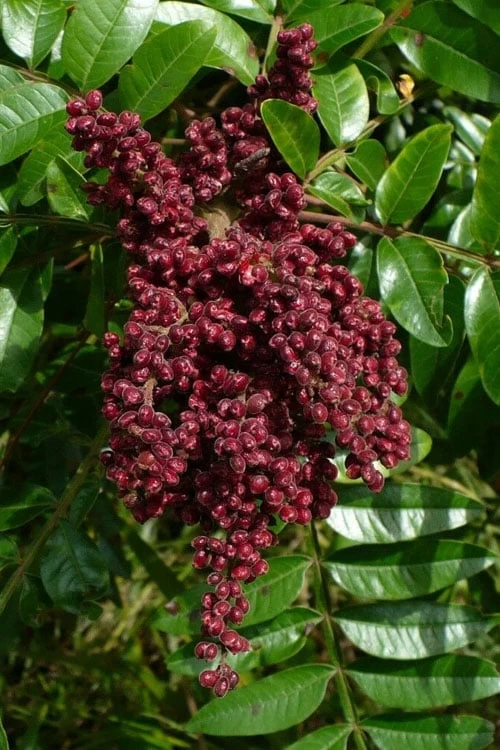


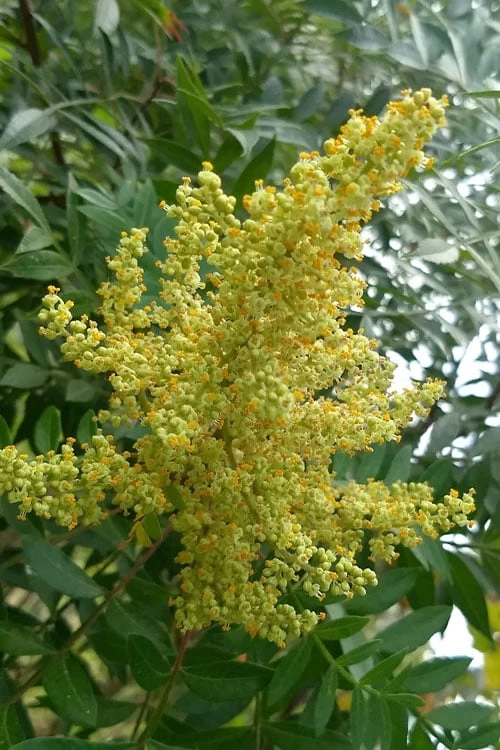

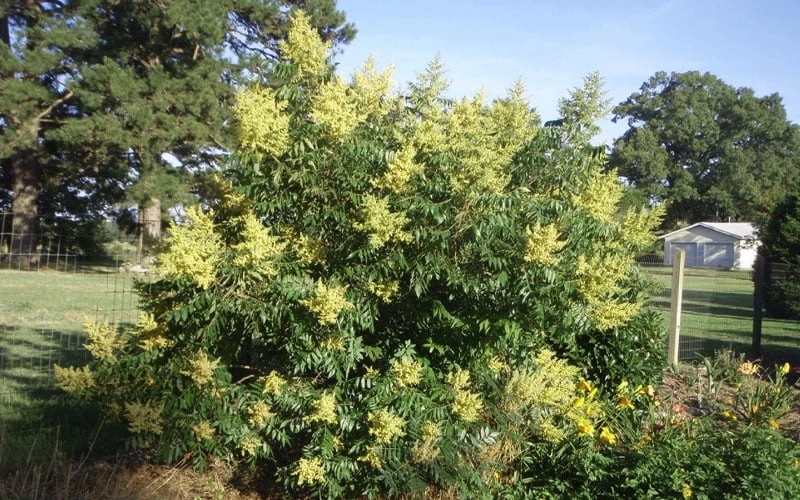
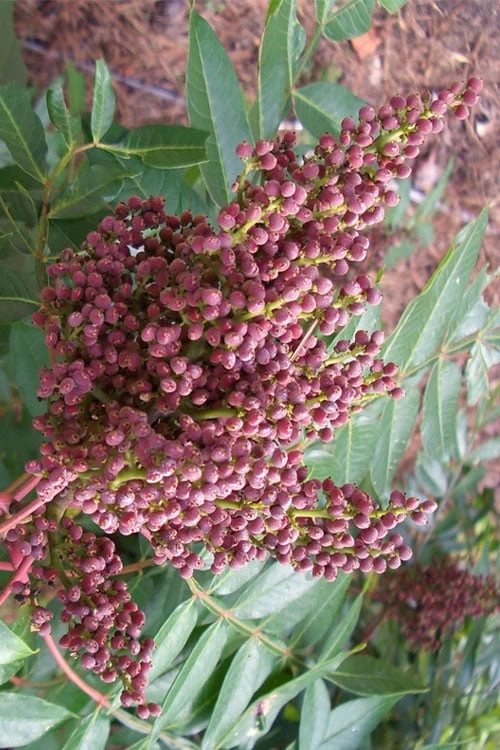
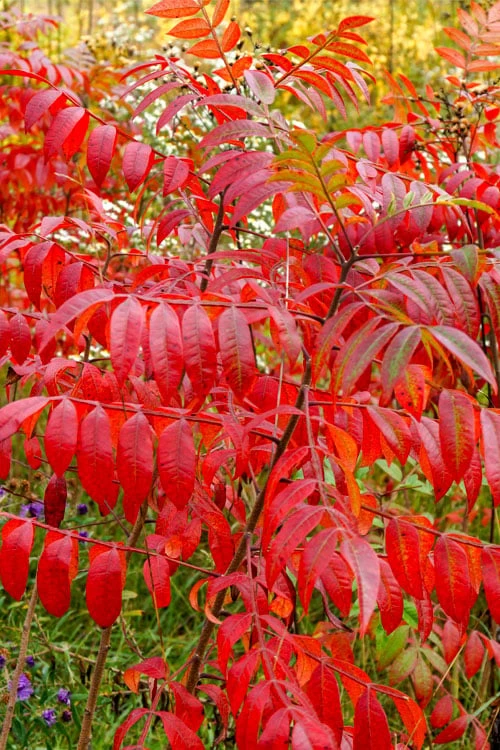
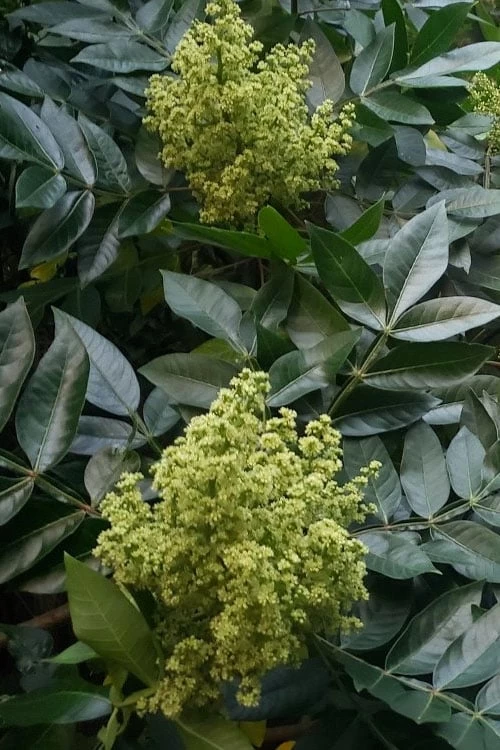
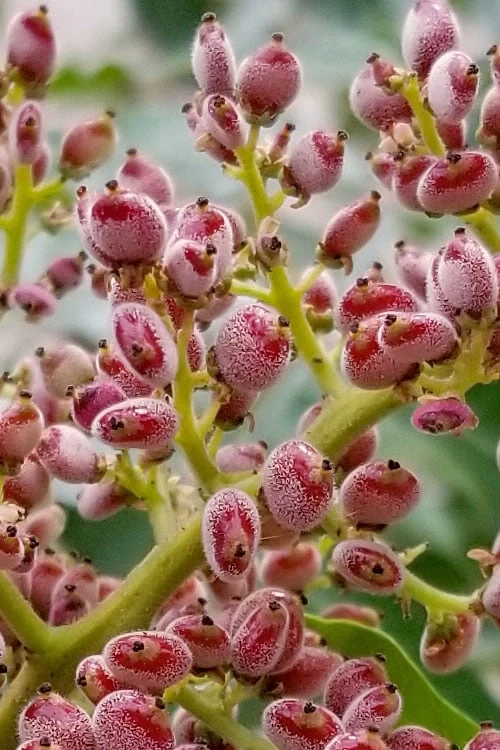


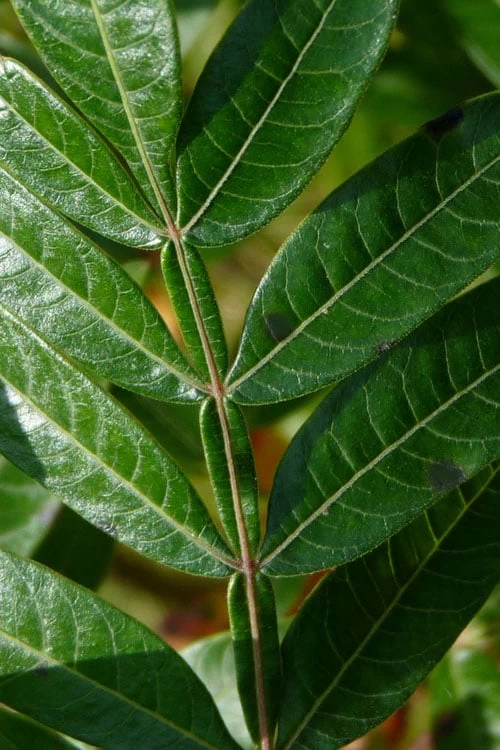








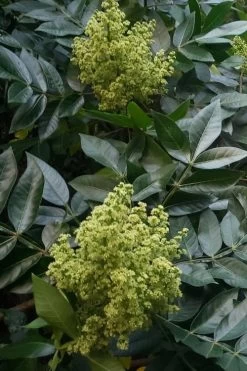

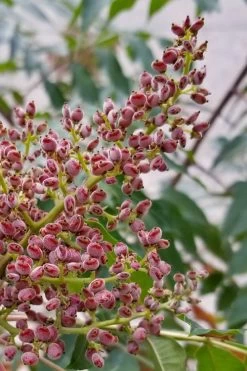

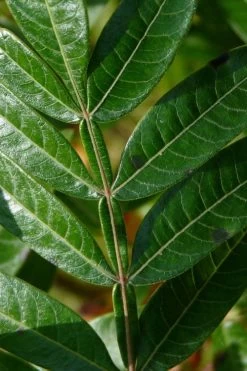
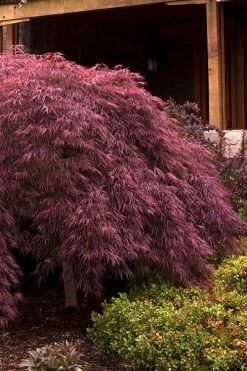

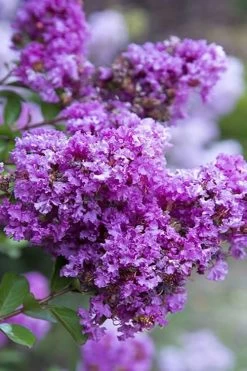

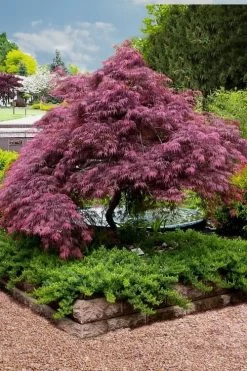

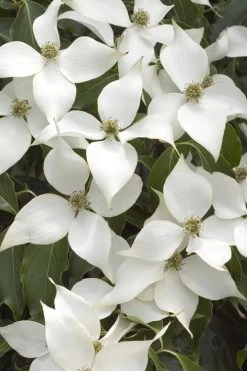



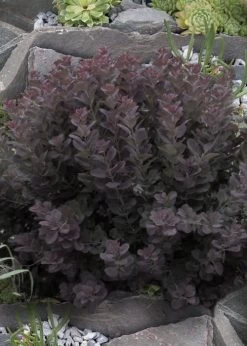





Reviews
There are no reviews yet.